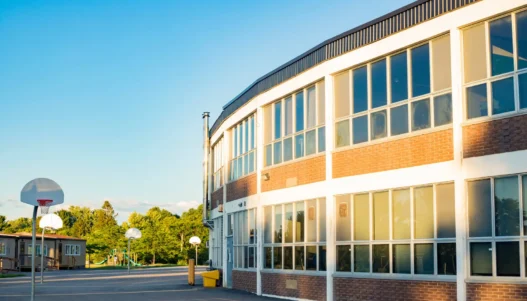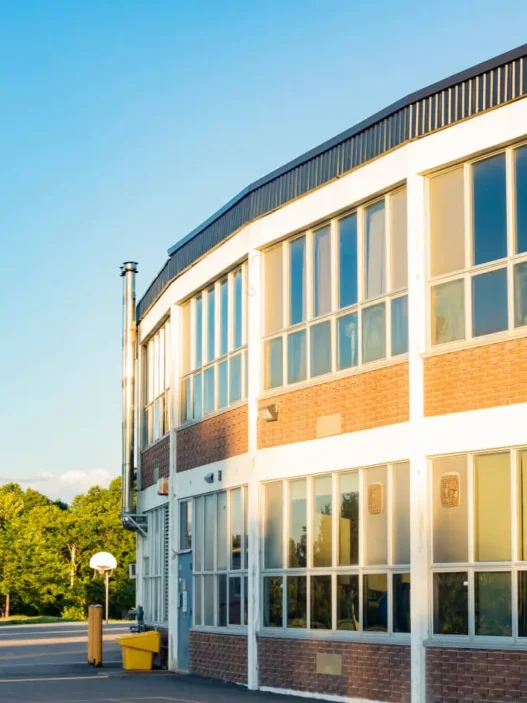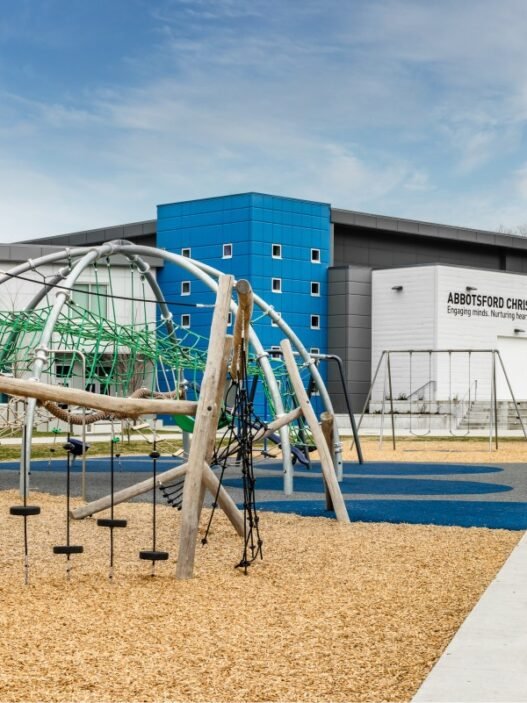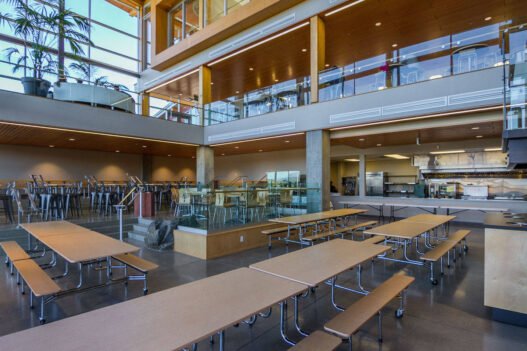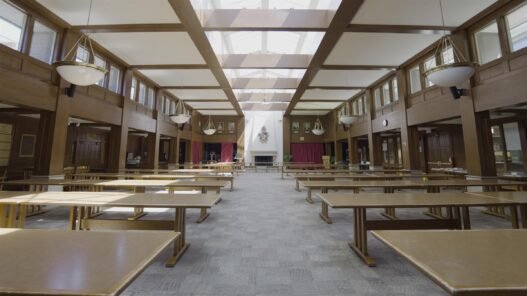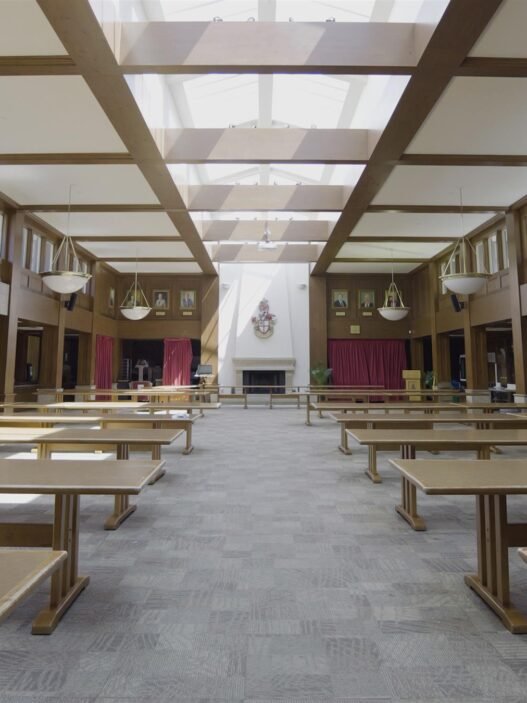Richmond, British Columbia, stands apart as a city where immigration and education intersect more visibly than almost anywhere else in Canada. Located just south of Vancouver and home to over 230,000 residents, Richmond boasts one of the highest proportions of foreign-born residents in the country. Roughly 60% of the population identifies as Chinese, and more than half of all households speak a non-English language at home.
This demographic complexity presents both opportunities and challenges for elementary education. On one hand, Richmond’s strong family networks, deep cultural reverence for academic success, and relative socio-economic stability have created fertile ground for academic excellence. On the other hand, schools must regularly accommodate linguistic diversity, high rates of newcomer students, and the shifting needs of multi-generational households.
The 2024 Fraser Institute Report Card on British Columbia’s Elementary Schools, which ranks institutions based on Foundation Skills Assessment (FSA) scores in literacy and numeracy, shows that Richmond schools—particularly those with strong internal cultures and stable community support—continue to deliver remarkable results. Many of the city’s top schools are independent and faith-based, but public schools with highly engaged parent bodies also stand out.
Top 20 Elementary Schools in Richmond
1. Cornerstone Christian Academy
This Christian independent school serves families who value Biblical instruction and high academic order. Parents, often from trades, small businesses, or church leadership, reinforce homework routines and scriptural discipline. Class sizes are small, classrooms are quiet, and expectations are clear—yielding an atmosphere where students are both nurtured and challenged.
2. Richmond Christian School
Richmond Christian draws from a cross-section of faith-oriented households, many with professional backgrounds. Curriculum is rigorous, integrating academic excellence with a Christian worldview. Families invest in tutoring, musical training, and structured home reading. Teachers remain long-term, contributing to a culture of stability and achievement.
3. Pythagoras Academy
Pythagoras caters to academically ambitious families, primarily East Asian, who prize mastery in math, writing, and music. The school’s structured days and classical name reflect a broader philosophy: that hard work and early rigor pay long-term dividends. Homework is expected, parental oversight is high, and achievement is cultural currency.
4. St. Paul School
This Catholic school’s strength lies in its blend of Gospel-centered teaching and academic focus. Families from Filipino, Chinese, and European backgrounds find a stable and morally consistent environment here. Teachers emphasize discipline and phonics early, while parents reinforce respect and structure at home.
5. St. Joseph the Worker School
Another respected Catholic institution, St. Joseph the Worker offers an affordable faith-based education with strong foundational instruction. Families are committed to sacrament and scholarship alike. Homework routines, parish involvement, and character education all support academic outcomes in a modest, focused environment.
6. Garden City Elementary School
This central Richmond public school benefits from a highly engaged parent base, many of whom speak Cantonese or Mandarin at home but prioritize English fluency. Students often participate in weekend academic programs. Teachers benefit from low behavioral disruptions and a culture of high expectations.
7. Maple Lane Elementary School
Maple Lane’s quiet consistency stems from long-serving teachers and families who view education as a top priority. The school’s academic culture is rooted in early reading intervention, firm expectations, and active PAC participation. Families often supplement instruction with home reading and after-school tutoring.
8. John T. Errington Elementary School
Serving a demographically mixed area, Errington succeeds by building bridges between home languages and academic English. Many parents work in public service or small business and support learning with discipline and enrichment. Teachers focus on consistency, classroom routines, and transparent communication.
9. James Thompson Elementary School
Near the Fraser River, Thompson serves a community of university-educated parents who emphasize bilingualism and high academic standards. Children arrive ready to read and compute, often with help from tutoring centers or academically focused extracurriculars. School leadership sustains high classroom standards.
10. Archibald Blair Elementary School
Blair blends immigrant ambition with inclusive instructional practices. Many families—especially those from East and South Asia—speak another language at home but bring academic urgency to school life. Teachers focus on vocabulary acquisition, reading comprehension, and math mastery from early grades.
11. Jessie Wowk Elementary School
Wowk stands out for strong math instruction and a calm school culture. Located in a stable residential area, the school serves families who prioritize results over reputation. Parents often hold advanced degrees and reinforce schoolwork through structured home routines and cultural learning practices.
12. John G. Diefenbaker Elementary School
Diefenbaker is a community-rooted school where teacher longevity contributes to strong academic outcomes. Families include both newer immigrants and long-established Richmond residents. Parental involvement is high—visible through classroom volunteering and consistent attendance at PAC events.
13. W.D. Ferris Elementary School
Ferris benefits from low student turnover and a community of families that treat school as the central pillar of family life. Many parents provide out-of-school support through tutoring and language programs. Teachers emphasize early numeracy and scaffold instruction carefully for English learners.
14. Spul’u’kwuks Elementary School
Located on Musqueam land, Spul’u’kwuks merges Indigenous name recognition with immigrant-driven academic achievement. The school serves families from China, South Asia, and the Middle East, many of whom approach learning as a moral obligation. Staff bridge cultures through inclusive teaching and high academic targets.
15. Quilchena Elementary School
In west Richmond, Quilchena thrives on calm, focused classrooms and parent-teacher alignment. Students arrive well prepared, and the school offers strong literacy programming, community engagement, and project-based learning. Affluent and academically motivated households sustain its consistent results.
16. James McKinney Elementary School
McKinney serves a suburban community where many parents have graduate-level education and invest heavily in their children’s learning. Reading logs, math apps, and piano lessons are common. Teachers report high parent responsiveness, and the school benefits from well-funded PAC initiatives.
17. James Whiteside Elementary School
Whiteside functions as a cultural bridge. Families speak dozens of home languages, but school norms remain uniform: homework is expected, effort is recognized, and attendance is strong. Teachers focus on differentiated instruction and early literacy, sustaining performance in a wide academic range.
18. Alfred B. Dixon Elementary School
Located in a more economically varied area, Dixon has steadily improved by emphasizing phonics, early intervention, and family-school connection. Many parents are lower-income but remain highly engaged in their children’s progress. The school culture supports focus, compassion, and resilience.
19. Robert J. Tait Elementary School
Tait serves a blend of recent immigrants and long-time renters in Richmond’s east. While parents may not all speak English fluently, they instill a high respect for schooling. Teachers rely on clear routines, literacy support, and parental outreach to ensure steady academic progress.
20. Az-Zahraa Islamic Academy
Situated alongside the city’s Shia mosque, Az-Zahraa offers a tightly integrated educational and religious experience. Students study Qur’an, Arabic, and provincial curriculum in small, attentive classes. Parents are often professionals—engineers, healthcare workers, or entrepreneurs—who expect academic excellence and spiritual grounding in equal measure. Respect, reflection, and rigor define the school’s academic atmosphere. While small in size, Az-Zahraa’s performance consistently reflects a culture where knowledge is both sacred and strategic.
Conclusion
Richmond’s top elementary schools illustrate a city where education is not just a public service—it’s a shared civic ethic. Whether inside Catholic classrooms, Islamic academies, or public immersion schools, student success in Richmond often hinges on strong alignment between institutional goals and parental values.
Cultural traditions that emphasize humility, perseverance, and deference to teachers serve as natural complements to structured instruction. The best-performing schools—regardless of their governance model—succeed because they tap into a well of family ambition and community coherence.
While not every Richmond school has the same level of resources, the city’s academic landscape shows that stability, cultural investment, and clear expectations can produce excellence—even in classrooms where English is still being mastered. In Richmond, achievement is not an accident—it’s a deeply embedded aspiration.








